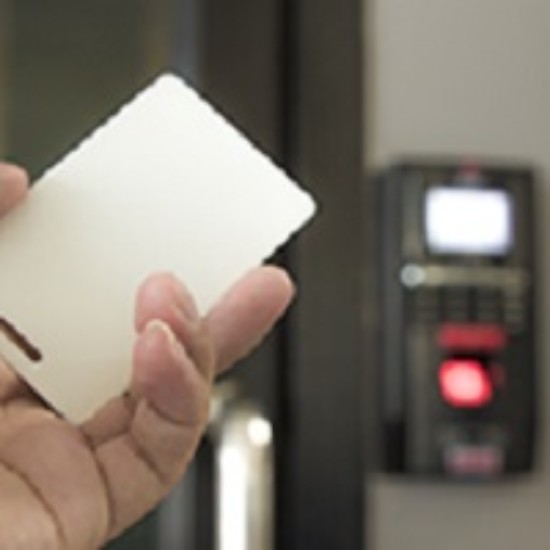
School security is an important and complex issue. Outlined here are some best management practices for any school security program.
A study from the National Center for Education Statistics (NCES), the percentage of public schools reporting the use of security cameras has increased from 19 percent in 1999 to 75 percent in 2013. In this same time period there was also an 18 percent increase in the number of schools controlling access to the school during the day by locking or monitoring doors.
Improving school security is a serious concern and securing doors is an important part of that security. As with any public facility, this security must be looked at from all aspects – not just keeping intruders out, but also providing safe egress in case of an emergency. Several states, ignoring both existing codes and warnings from their fire marshal, have approved the installation and use of barricade devices. Many of these devices are not code compliant and could prohibit safe egress and endanger the life safety of the school’s occupants in the event of an emergency.
Rather than installing devices that could risk the lives of their students and staff, we encourage schools to consult security and life safety experts to evaluate options for security measures that work with, not hinder, life safety. Your life safety experts can also work with you to develop protocols that include best practices for perimeter security and access control which will allow you to provide a secure learning environment.
Single Entry
Having a single point of entry available during school hours allows for a more secure environment. School’s should have clear signage with directions to the entrance and a visitor management center. This entrance should be monitored during school hours for more control over who should and should not be allowed to enter the building.
Visitors: Controlled Entry and Management
Entry to the school should be arranged so that visitors are funneled from the door to the office before having access to the rest of the school building. Having a vestibule that connects the main entrance and the office allows for staff to safely monitor visitors before granting access to the school. The vestibule can be open during arrival and dismissal of students but locked during the day. As visitors enter the vestibule, an intercom system, camera, impact-resistant windows and pass-through drawers allow staff to verify the identity and purpose of the visitor to allow or deny access with access-controlled electronic locks.
Electronic Access Control
Electronic access control allows for doors to be locked and unlocked remotely. Access controlled doors provide better security, additional reporting of activity, and more control over secured areas. Access control systems utilize a card or fob as a lock release mechanism which provides a more secure system than traditional keys which can be copied and distributed. Cards and fobs can be deactivated, given limited access by area or time, and provide a log of activity for when they are used. In addition to providing better perimeter security, access control can be utilized within the school to limit access to computer labs, classrooms, etc to only those with authority to enter the area. These systems also provide a method to quickly lock-down areas should an emergency situation arise, as the electronic locks can be activated through the central system and can be integrated into the emergency response system with video cameras, digital video recording, and alarm monitoring.
Emergency Communications
Having a secured perimeter and protocols for school access are the first steps in providing a secured learning environment. An interconnected communications system can pull all of your security systems together and alert first-responders when an alert occurs. While these communications systems can be expensive, there are programs to assist schools with the cost. Talk to your security adviser about possibilities, and always coordinate with your local police and fire departments.
A1 helps our educational clients complete a grant application with Alertus for a full license of their desktop alerting system, which provides alerts to all computers during an emergency. The grant provides the Alertus software for all desktops and laptops within the school, whether managed or personally owned, allowing schools to integrate existing IT assets into their security system.
Training
After your security systems and protocols are in place, training and drills for your staff are imperative. For a security system to be effective, everyone must understand how it works, what they should and should not do in order to work with the system and not impede it, and what their response should be to an emergency alert. Remember to explain and train on every aspect of your security system including policies, procedures and technology. Drills should be repeated to ensure every staff member will understand and remember the actions they should take in an emergency. During your training, it should be stated clearly that these policies and procedures are not optional but required behaviors to ensure the security of staff and students.
A1 is a leading expert on the latest technology in life safety. To find out more information or to ask a question, click here or call us at 1-800-859-6198.
